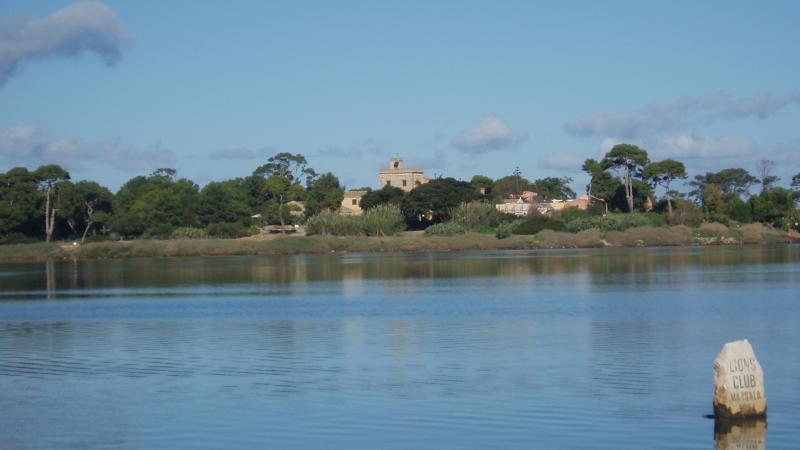
Surrounded by the shallow waters of the Stagnone lagoon of Marsala, is the small and enchanting island of Mozia, once a Phoenician colony, and today not only a place rich in history and culture, but also of remarkable natural beauty.
Thanks to its unique and positive strategic position, has always been an ideal place for the exchange of goods. The first to arrive on the island were the Phoenicians in the eighth century BC, who turned it into a thriving town. To defend themselves from their enemies, they were built high walls that made the island impregnable for a long time, resisting the first attacks of the Greeks and the Carthaginians after.
But in 397 BC the city of Mozia was invaded and destroyed by the Syracusan troops guided by the cruel and despotic tyrant Dionysius the Elder. The inhabitants fled and took shelter on the mainland and the island remained abandoned for several centuries.
In the eleventh century A.D. during the Norman rule, Mozia was donated to the Abbey of Santa Maria della Grotta di Marsala and became the seat of the Byzantine monks of Palermo, who then gave themselves the name San Pantaleo island, dedicating it to their holy founder of the order.
In the sixteenth century, the island passed to the Jesuits, and in 1792 was given as a fief to the Notary Rosario Alagna Mozia awarded with the title of Baron of Mothia, who began archaeological excavations in search of the historical finds of the past
Mozia experienced a period of splendor when, in 1902, the English nobleman Joseph Whitakerdecise to build his home here. The Whitaker family had settled in Sicily at the end of the 800, starting a thriving export of Marsala wine. When Joseph discovered the island of Mozia, he was impressed, both for its beauty and for the extraordinary archaeological value. then bought the island and, with the help of his faithful above, Colonel Giuseppe Lipari Cascio, Mozia explored far and wide, bringing to light the remains of the Phoenician city, in addition to a wide range of artifacts that are now visible in the Whitaker museum (Joseph's old house).
How to get
On the highway you must get up to Trapani / Birgi, then follow signs for Saline di Marsala Stagnone. Leave your car at the car park of the salt mines and then take the ferry that goes on the island.
- < PREVIOUS ARTICLE
- NEXT ARTICLE >





The island of Mozia you turn on foot in about 2 hours. We need to follow the paths guided and various signs that are along the different maps placed on various parts of the island to reach the main points of interest.
In addition to the significant archaeological finds, Mozia also offers a very beautiful landscape. The shallow waters of the lagoon create real natural pools with transparent and clear water up to your knees. Could not resist the charm of a picturesque walk through the lonely waters. It has the feeling of being on a remote island in the caribbean!